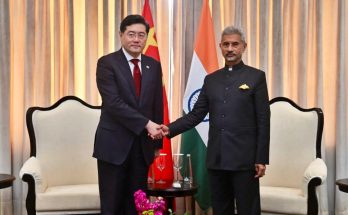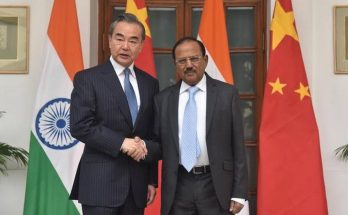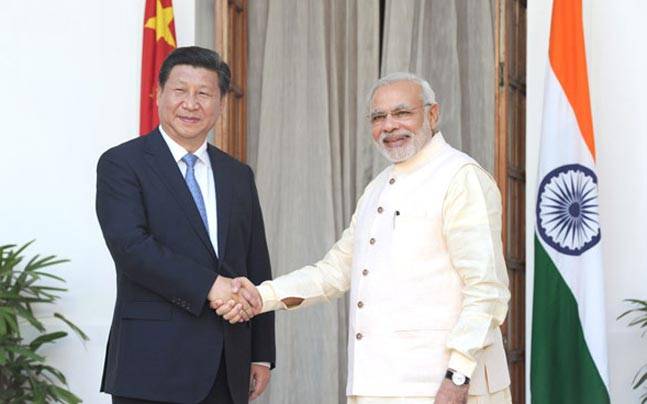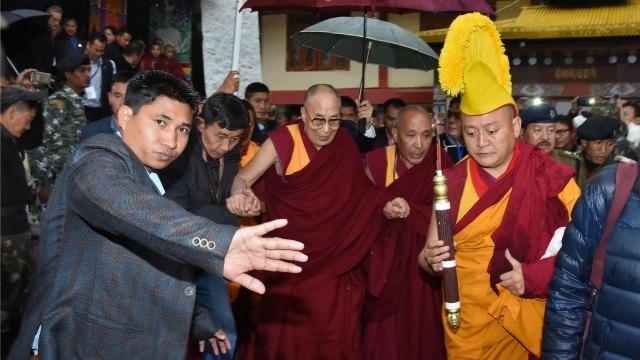China and India are not only neighbors but also important rising economies and global powers with a combined population accounting for 35 percent of the world’s total. However, the two nations remain largely distant in some respects. A survey about the rise of China conducted in India in 2013 by the Asian Barometer Survey Organization showed that many Indians lacked knowledge about the growing power to their north. And in recent interviews with Beijing Review, most Chinese respondents expressed stereotypes about India that focused on negative qualities like poor infrastructure and social governance, overlooking India’s status as a global leader in information technology and the bio-pharmaceutical industry.
Media observers said a lack of mutual understanding is the root cause of the indifference and even outright ignorance displayed by the peoples of the two countries toward each other.
China-India relations have entered a period of overall accelerated growth. Nonetheless, persistently negative media reports of the two sides are failing to improve the relationship. Some in the media overhype border disputes and political issues while neglecting bilateral economic cooperation and people-to-people exchanges.
At the Second China-India Media Forum on February 1 in Beijing, a platform jointly established by the State Council Information Office of China and the Ministry of External Affairs (MEA) of India to enhance bilateral media exchanges, participants from the mainstream media outlets of both countries addressed these issues. These media representatives held candid and in-depth exchanges on the crux of the problems and the convergence of their interests to provide the general public of both countries with accurate and comprehensive information in order to reduce misunderstandings.
Manish Chand, Editor in Chief of India Writes, echoed Dasgupta’s view by noting that Indian media should break the tradition of always “looking at China-India relations through the security prism,” and devote more energy to culture stories.
“Culture is always a missing component in Indian media coverage. The frame of reference while thinking of culture is mostly the West. We speak of Hollywood and its films and actors, but how many people know of Chinese films and directors?” said Chand.
Read More






